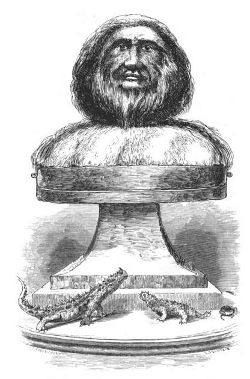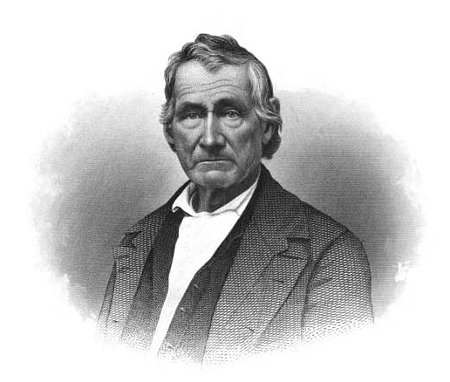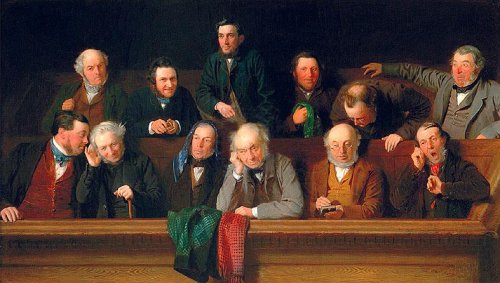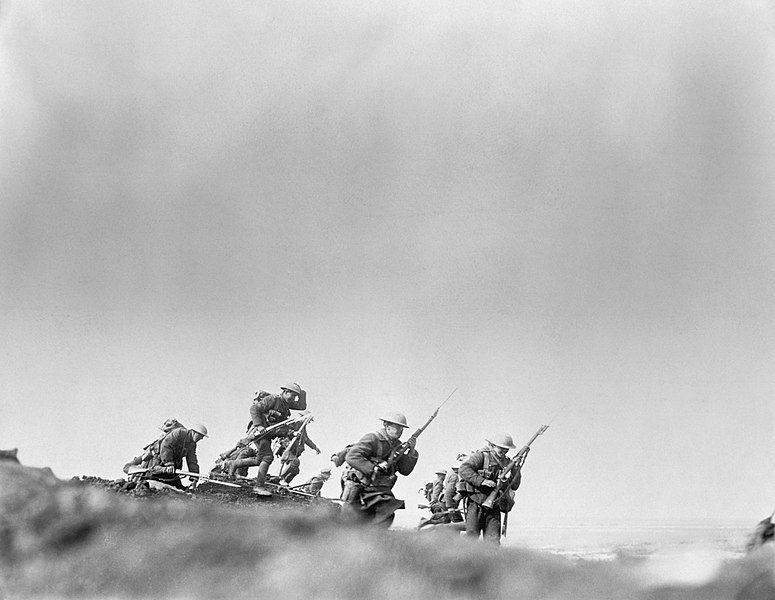In May 2009, California consumer Janine Sugawara sued PepsiCo for implying that crunchberries are a fruit. She claimed that she and other consumers had been misled both by the name of the cereal and by the image on the box of Cap’n Crunch “thrusting a spoonful of ‘Crunchberries’ at the prospective buyer.” The package suggests that the product contains real fruit, she said; had she known otherwise, she would not have bought it.
“While the challenged packaging contains the word ‘berries’ it does so only in conjunction with the descriptive term ‘crunch’,” wrote Judge Morrison England Jr., reflecting wearily upon the course his life had taken. “This Court is not aware of, nor has Plaintiff alleged the existence of, any actual fruit referred to as a ‘crunchberry.’ Furthermore, the ‘Crunchberries’ depicted on the [box] are round, crunchy, brightly-colored cereal balls, and the [box] clearly states both that the Product contains ‘sweetened corn & oat cereal’ and that the cereal is ‘enlarged to show texture.’ Thus, a reasonable consumer would not be deceived into believing that the Product in the instant case contained a fruit that does not exist.”
He dismissed the case and denied Sugawara the chance to amend her complaint. “The survival of the instant claim would require this Court to ignore all concepts of personal responsibility and common sense,” he wrote. “The Court has no intention of allowing that to happen.”





